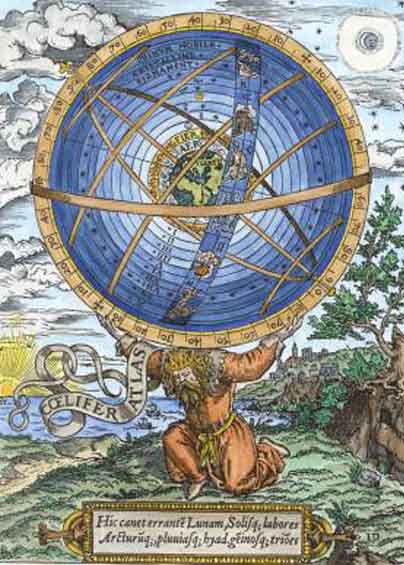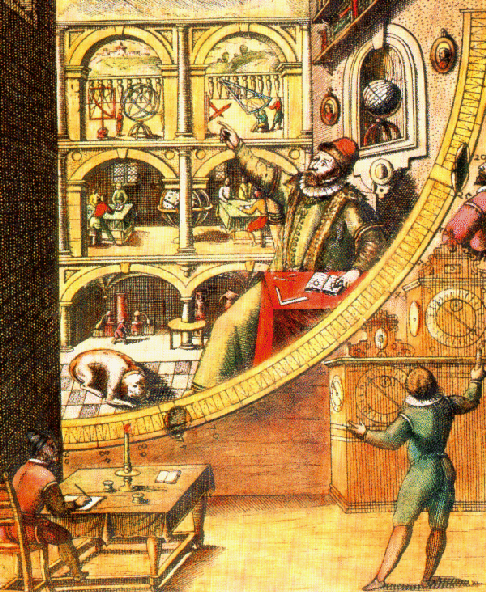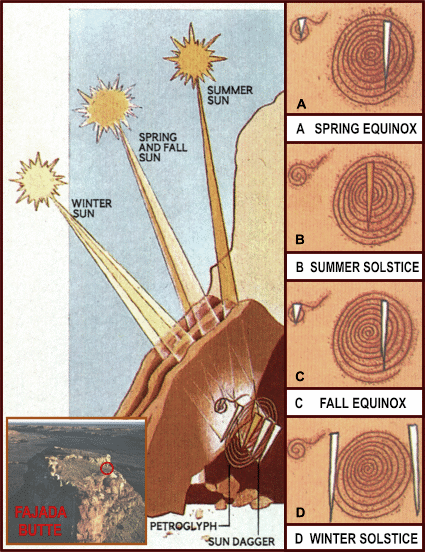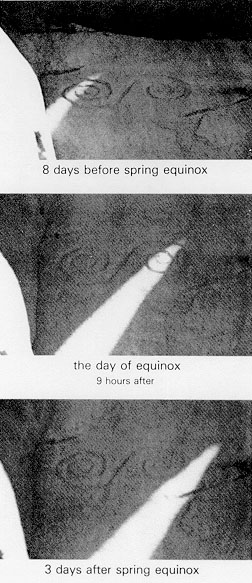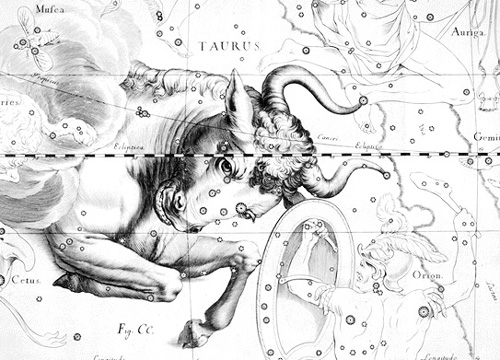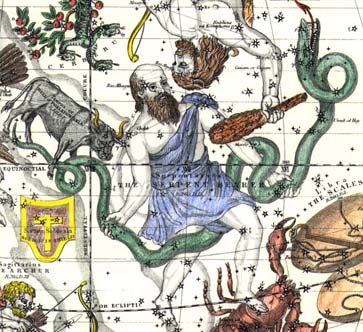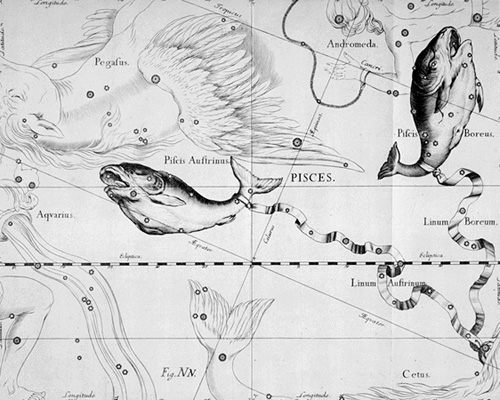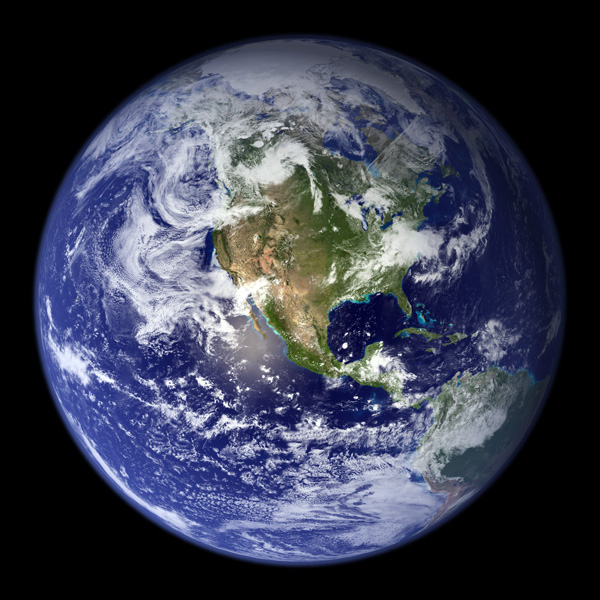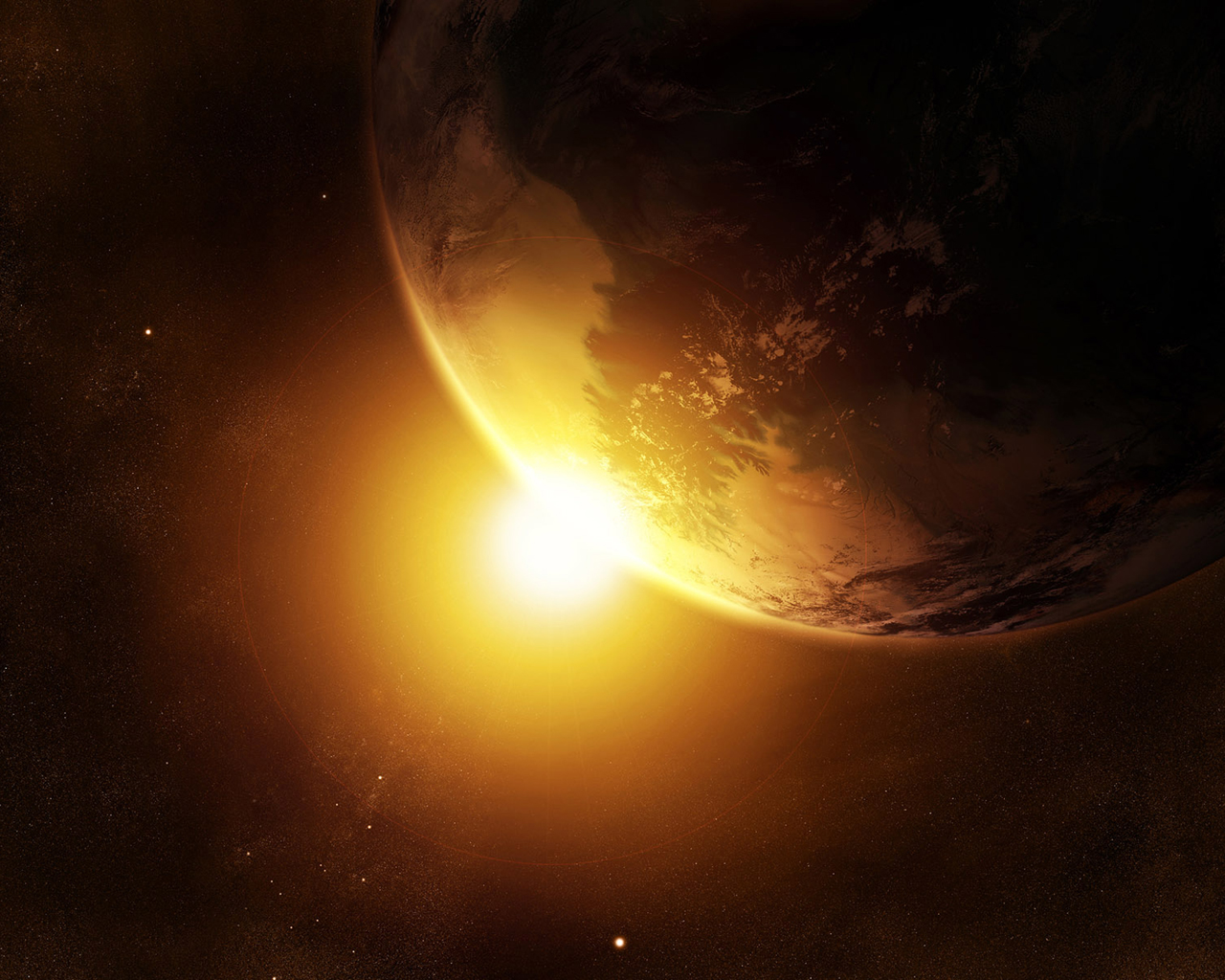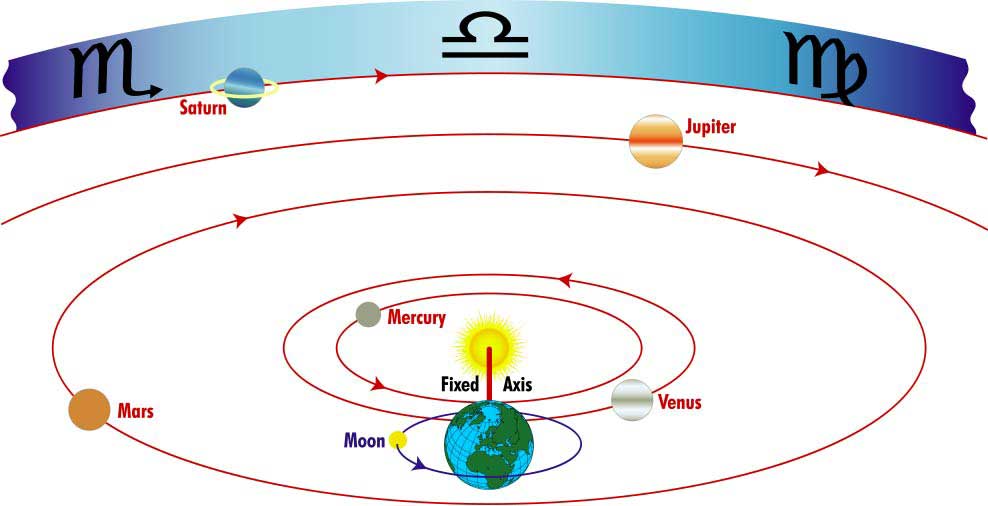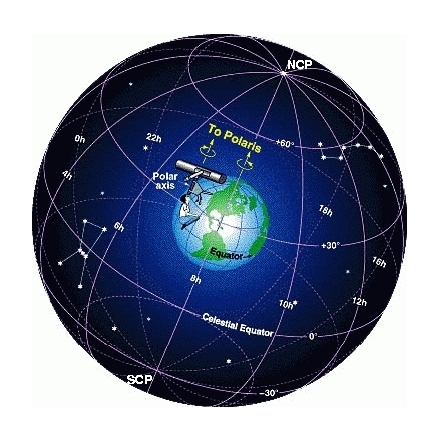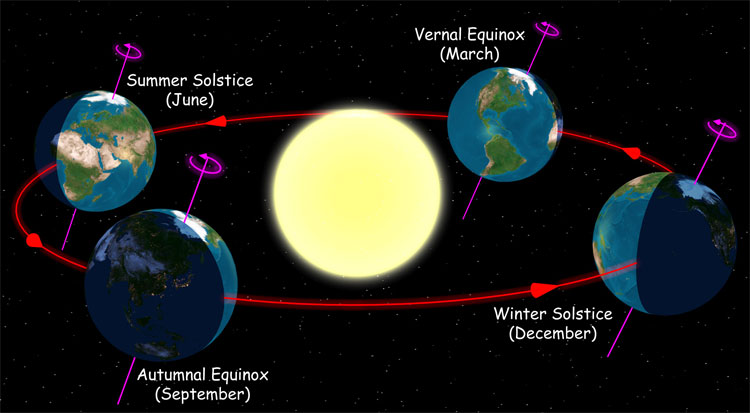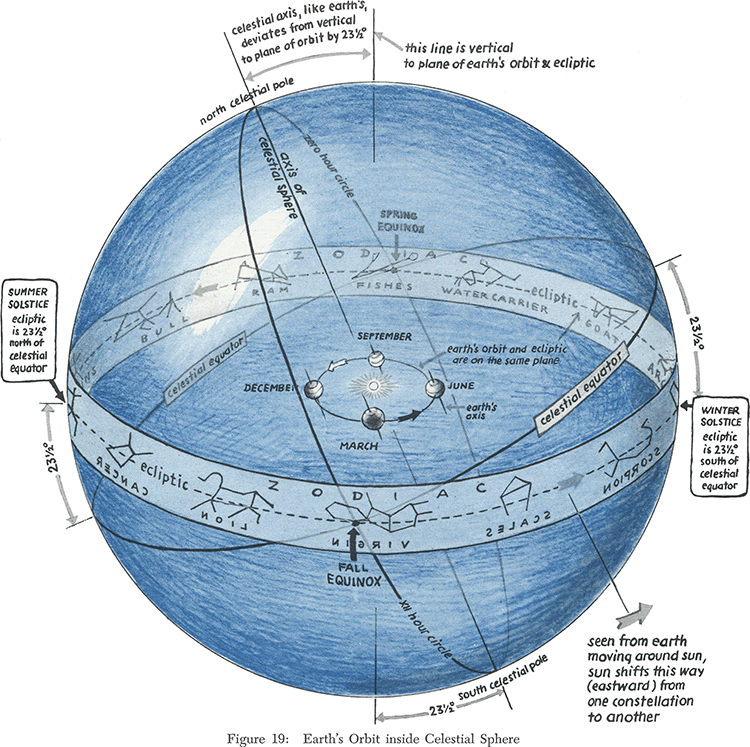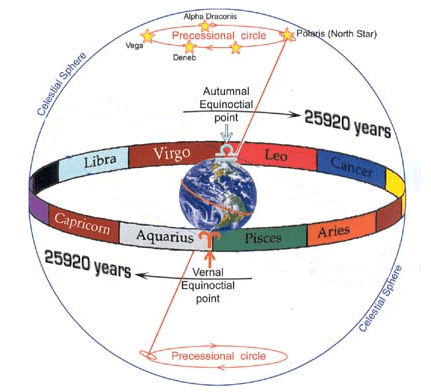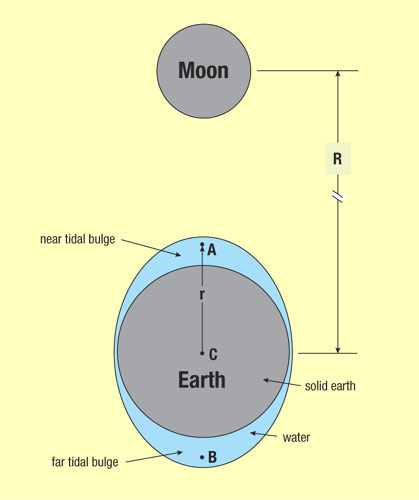TIDAL FORCES
Tidal forces are differential forces. Let's consider how an object tidally
distorts another object. The tidal force is the difference in force exerted
on the object if one notes that the near side of the object is closer to the
attractor than is the center of the object which, in turn, is closer than
the far side of the attractor. Each part of the object feels a difference
force. Tidal forces are the size the differences felt by masses at these
differing positions in the object. For example, if we considered the
tidal force exerted by the Earth on the Moon, we would find:
 where FT is the tidal force, G is the gravitational constant,
M is the mass of the distorting object, u is the mass of the object in
question, r is the size of the object in question, and d is the distance
between the distorter and the object in question.
where FT is the tidal force, G is the gravitational constant,
M is the mass of the distorting object, u is the mass of the object in
question, r is the size of the object in question, and d is the distance
between the distorter and the object in question.
Let's estimate the tidal force exerted by Jupiter on me and compare it to
the tidal force exerted by a can of pepsi sitting on a table next to me.
When comparing things, it is wise to take their ratio. We find
FJ/Fpepsi = (MJ/DJ)3
/(Mpepsi/dpepsi)3.
The mass of Jupiter is MJ = 1.9x1027 kilograms and
at closest approach, Jupiter is around 600 million kilometers from the Earth.
Now a 12 ounce can of pepsi has mass around 400 grams (0.4 kilograms)
and, let' say it is around 1 meter from me. We find
FJ/Fpepsi ~ 2.2x10-8
Tidal forces are exceedingly weak.
|
